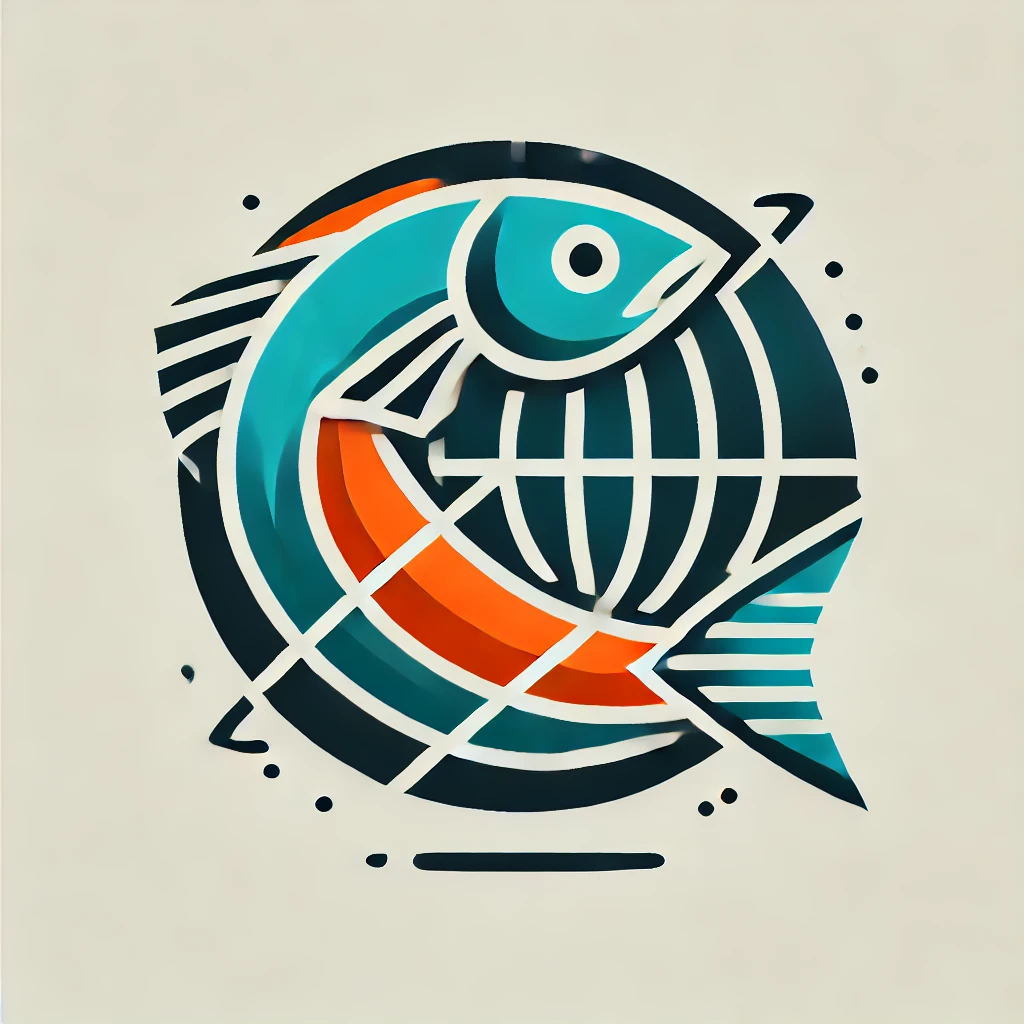Exploring Sea Bream Fishing in Spain: A Premier Destination for Anglers
Spain is renowned for its diverse fishing opportunities, and among the most sought-after species for both recreational and sport anglers is the sea bream. Known scientifically as Sparidae, sea bream encompasses a family of fish that includes several species highly prized for their fighting spirit and culinary value. These fish are commonly found along the Mediterranean coast as well as in parts of the Atlantic waters off Spain's western shores. Their abundance and accessibility make Spain a prime location for anglers looking to catch sea bream in a variety of environments.
The most commonly targeted sea bream species in Spain is the gilt-head bream, or *Sparus aurata*, which is locally known as "dorada." This species is easily recognizable by the golden band between its eyes and its strong, oval-shaped body. Anglers favor dorada for its firm flesh and mild, delicious taste, often featured in traditional Spanish cuisine. The dorada thrives in both rocky and sandy seabeds, making it accessible from shore, by boat, or around natural and artificial reefs. Its presence throughout the year, with peaks in activity during warmer months, offers a reliable catch for travelers.
Spain's Mediterranean coastline, stretching from Catalonia to Andalusia, offers prime sea bream fishing spots that cater to a wide range of fishing techniques. In regions such as the Costa Brava and Costa del Sol, shore fishing is a popular method, with anglers using light to medium tackle and bait such as shrimp, worms, and mussels. Alternatively, many fishing charters operate in deeper waters where dorada and other bream species like the black sea bream (*Spondyliosoma cantharus*) can be caught. These charters are particularly active from late spring through early autumn when bream are most active.
Top Regions in Spain for Sea Bream Fishing
One of the most notable regions for sea bream fishing is the Balearic Islands, including Mallorca, Menorca, and Ibiza. These islands offer clear waters and a rich marine ecosystem ideal for bream populations. The shallow coastal zones and surrounding reefs provide excellent habitats for both gilt-head and black sea bream. Local guides are available for hire and often provide a wealth of knowledge about the best times and methods for bream fishing. Whether from a rocky shoreline or a hired vessel, anglers are often rewarded with consistent catches and spectacular views.
In southern Spain, the coastal waters of Andalusia—particularly near Málaga, Cádiz, and Almería—are also hotspots for sea bream fishing. These areas benefit from a mix of Atlantic and Mediterranean waters, offering a diverse range of sea life. Local fishermen often recommend early morning or late evening fishing sessions to target bream near estuaries and submerged structures. These conditions are especially favorable in spring and autumn when bream move closer to shore to feed. The vibrant fishing culture in Andalusia also adds a cultural dimension to the angling experience.
Fishing Techniques and Best Practices
Fishing for sea bream in Spain typically involves bottom fishing techniques, with anglers using sensitive rods to detect the subtle bites of cautious bream. Bait selection is crucial, and natural baits like ragworms, squid, and crustaceans yield the best results. Some experienced anglers also use small jigs or soft plastics, especially when fishing from boats over reef structures. Using fluorocarbon leaders can increase success rates, as sea bream are known for their keen eyesight and wariness in clear water conditions. Patience and precision are key traits for anyone targeting this elusive yet rewarding species.
Catch limits and size regulations are enforced in many regions to protect sea bream stocks, particularly the gilt-head bream. Anglers should familiarize themselves with local rules and guidelines before fishing. These may vary depending on the region and time of year. For example, certain areas may designate specific no-fishing zones or impose seasonal restrictions to support breeding cycles. Adhering to these regulations helps preserve the health of Spain's coastal ecosystems and ensures sustainable fishing opportunities for years to come. Local fishing shops and guides can provide up-to-date information about legal requirements.
Planning a Fishing Trip to Spain
When planning a sea bream fishing trip to Spain, timing, gear, and local knowledge are key elements to consider. Spring and summer are considered peak seasons due to water temperature and bream spawning behavior, which brings them closer to the shore. Travel-friendly equipment like telescopic rods, compact tackle boxes, and easily transportable coolers can make your trip more efficient. Booking a guided fishing trip not only enhances the chance of success but also provides insight into local customs and best practices. Spanish fishing guides are often multilingual and accustomed to working with tourists.
Spain's mild Mediterranean climate, stunning coastal landscapes, and rich fishing culture make it a top destination for sea bream fishing enthusiasts. With numerous fishing spots to choose from, ranging from tranquil beaches to bustling harbors, anglers can tailor their experience to suit their preferences. Whether traveling solo or with a group, the opportunity to catch and possibly even cook your own sea bream adds a memorable dimension to any fishing holiday. For travelers passionate about angling, Spain offers both natural beauty and excellent fishing opportunities, making it an essential stop on any international fishing itinerary.

